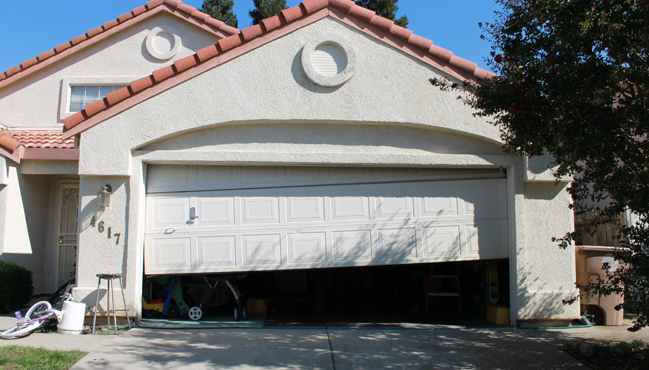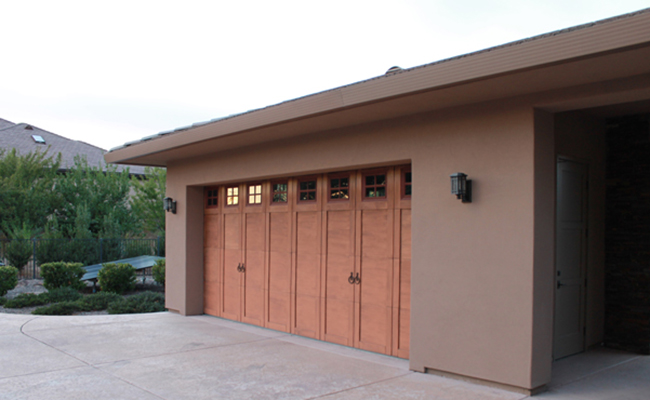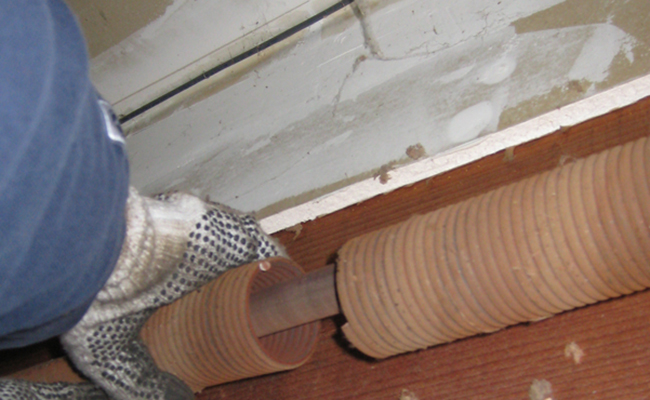Painting your garage door is a cost-effective way to enhance your home’s curb appeal, protect the door from the elements, and give it a fresh, new look. Whether you’re updating the color to match a new exterior paint job or simply refreshing a worn-out finish, a well-painted garage door can make a significant difference in your home’s appearance. However, achieving a professional finish requires careful preparation, the right materials, and attention to detail. In this guide, we’ll walk you through the steps to paint your garage door like a pro, ensuring a long-lasting and beautiful result.
A high-quality paint job not only improves the aesthetics of your garage door but also provides a protective layer that can withstand the elements, including sun, rain, and wind. Properly painting your garage door can extend its lifespan, reduce maintenance needs, and add value to your property.
Step 1: Choose the Right Paint and Materials
Selecting the right type of paint and materials is crucial for achieving a durable and attractive finish. The paint you choose should be suitable for the material of your garage door and the climate in your area. Here’s what you’ll need:
- Exterior Paint: For metal and aluminum doors, use a 100% acrylic latex exterior paint. This type of paint offers excellent adhesion, flexibility, and resistance to cracking and fading. For wooden garage doors, you can use either acrylic latex paint or oil-based paint, depending on your preference. Oil-based paint provides a harder finish but takes longer to dry.
- Primer: If your garage door is bare metal or wood, or if you’re making a significant color change, you’ll need to apply a primer before painting. A rust-inhibiting primer is ideal for metal doors, while a stain-blocking primer is recommended for wood doors.
- Paint Brushes and Rollers: Use high-quality brushes and rollers for a smooth finish. A 2- to 3-inch angled brush is ideal for cutting in around edges and detailed areas, while a 9-inch roller with a 3/8-inch nap is perfect for larger, flat surfaces.
- Painter’s Tape and Drop Cloths: Use painter’s tape to protect areas you don’t want to paint, such as trim, handles, and windows. Drop cloths will protect the driveway and garage floor from paint splatters.
- Sandpaper: Fine-grit sandpaper (120 to 220 grit) is essential for preparing the surface of the door, especially if it’s rough or has peeling paint.
- Cleaning Supplies: You’ll need a mild detergent, a bucket of water, a sponge, and a hose or pressure washer to clean the door before painting.
Step 2: Prepare the Garage Door
Proper preparation is key to achieving a professional-looking paint job. Start by thoroughly cleaning the garage door to remove dirt, dust, and grime. This ensures that the paint adheres well and creates a smooth, even finish.
- Clean the Door: Mix a mild detergent with water and use a sponge to scrub the entire surface of the garage door. Pay special attention to areas with built-up dirt or grease. After scrubbing, rinse the door thoroughly with a hose or pressure washer and let it dry completely.
- Sand the Surface: Once the door is dry, use fine-grit sandpaper to lightly sand the surface. This step is especially important if the door has a glossy finish or if the old paint is peeling. Sanding creates a rougher surface for the new paint to adhere to and helps remove any imperfections. After sanding, wipe down the door with a damp cloth to remove any dust.
- Repair Any Damage: Inspect the door for any dents, cracks, or holes. Use a putty knife and a suitable filler (wood filler for wooden doors, metal filler for metal doors) to repair these areas. Once the filler is dry, sand it smooth to ensure an even surface for painting.
- Tape and Protect: Use painter’s tape to cover any areas you don’t want to paint, such as the trim, handles, locks, and windows. Lay down drop cloths to protect the driveway and garage floor from paint drips and splatters.
Step 3: Apply Primer (If Necessary)
If your garage door has bare metal or wood, or if you’re changing the color drastically, applying a primer is essential. Primer helps the paint adhere better and ensures a more uniform finish.
- Apply the Primer: Use a paintbrush to cut in around the edges and any detailed areas first. Then, use a roller to apply the primer to the larger, flat surfaces of the door. Apply the primer in thin, even coats, and allow it to dry completely according to the manufacturer’s instructions before proceeding to the next step.
- Sand Between Coats: If necessary, lightly sand the primed surface with fine-grit sandpaper to smooth out any brush strokes or imperfections. Wipe away the dust with a damp cloth before applying the next coat of primer or paint.
Step 4: Paint the Garage Door
With the surface prepped and primed, you’re ready to paint the garage door. For the best results, apply multiple thin coats of paint rather than one thick coat.
- Start with the Edges and Details: Use a brush to paint the edges and any intricate details first. This includes the area around windows, trim, and panels. Working from top to bottom, paint in smooth, even strokes, following the grain or pattern of the door.
- Use a Roller for Large Areas: After the edges and details are painted, switch to a roller for the larger, flat sections of the door. Roll the paint on in vertical strokes, overlapping each stroke slightly to ensure full coverage. For the best results, apply two to three thin coats of paint, allowing each coat to dry completely before applying the next.
- Smooth Out Brush Marks: If you notice any brush marks or uneven areas, gently smooth them out with the roller while the paint is still wet. Be careful not to overwork the paint, as this can lead to streaking or an uneven finish.
Step 5: Let the Paint Dry and Reassemble
Once you’ve finished painting, it’s important to let the garage door dry thoroughly before reassembling any parts or using the door.
- Allow Adequate Drying Time: Follow the paint manufacturer’s instructions for drying times. Typically, you’ll need to wait at least 24 hours before using the garage door or reattaching any hardware. If you live in a humid climate, it may take longer for the paint to fully cure.
- Remove Tape and Drop Cloths: Once the paint is dry, carefully remove the painter’s tape and drop cloths. Use a utility knife to score along the edges of the tape if necessary to prevent peeling the paint.
- Reattach Hardware: Reattach any hardware, such as handles, locks, or hinges, that you removed before painting. Ensure everything is securely fastened and that the door opens and closes smoothly.
Step 6: Maintenance Tips for a Long-Lasting Finish
To keep your newly painted garage door looking its best, follow these maintenance tips:
- Clean Regularly: Clean the door periodically with a mild detergent and water to remove dirt and grime. Avoid using harsh chemicals or abrasive cleaners that could damage the paint.
- Touch Up as Needed: If the paint becomes chipped or scratched, touch up the affected areas promptly to prevent further damage and maintain a uniform appearance.
- Inspect Annually: Inspect the garage door at least once a year for signs of wear, peeling, or fading. Repainting every 5-7 years (or as needed) will help maintain the door’s appearance and protect it from the elements.
Conclusion: Achieve a Professional Finish with Careful Preparation
Painting your garage door is a rewarding DIY project that can dramatically improve your home’s curb appeal and protect the door from weather-related damage. By following these steps and taking the time to properly prepare the surface, choose the right materials, and apply the paint carefully, you can achieve a professional-quality finish that will last for years to come. Whether you’re refreshing the current color or giving your garage door a bold new look, the result will be a beautiful, durable, and well-protected garage door.








